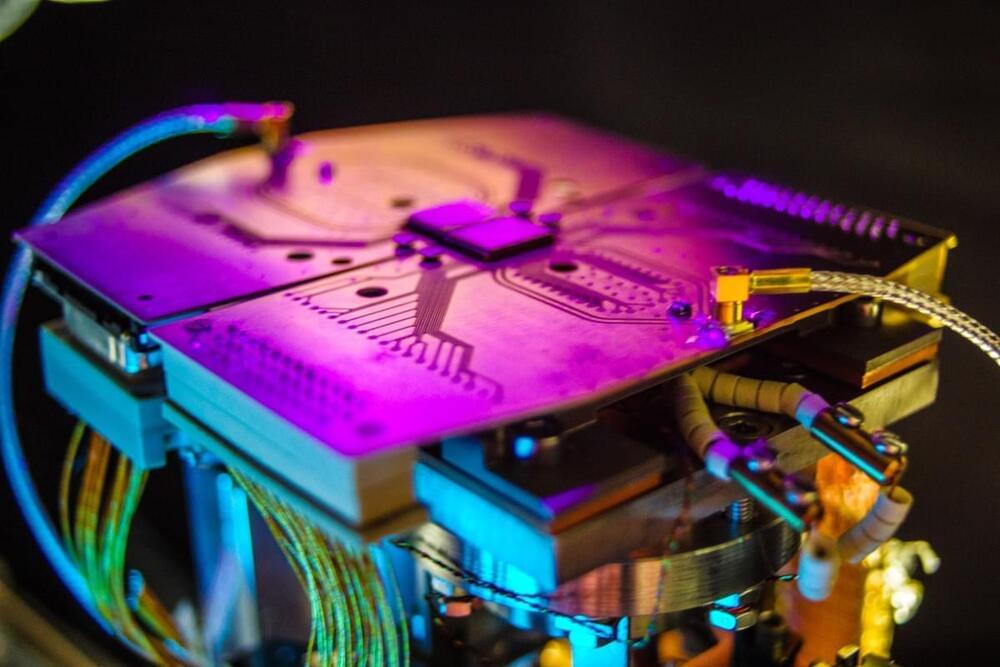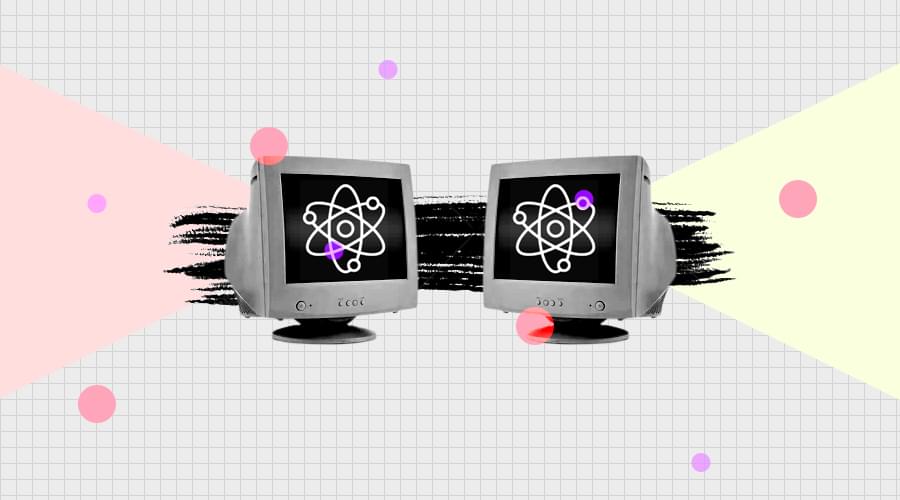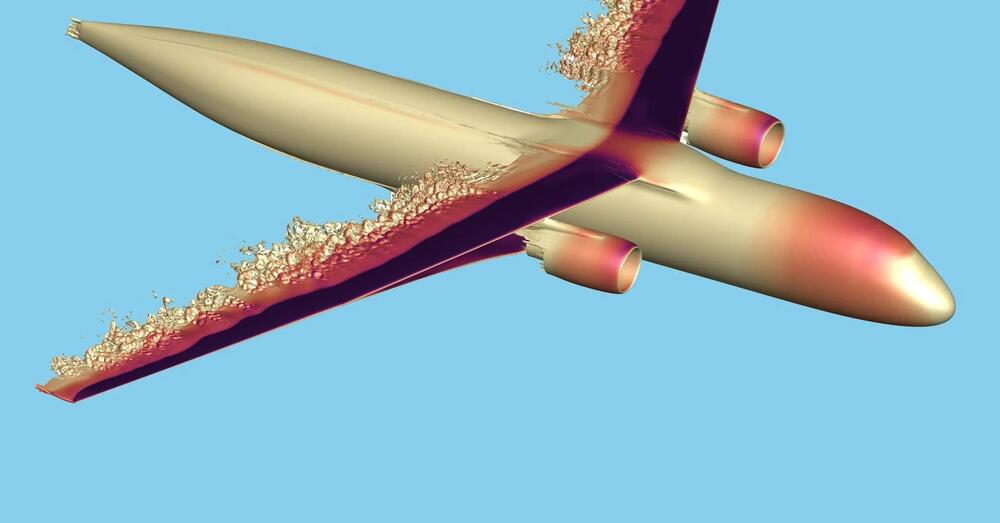The “iPhone moment for A.I.” hype takes many hues, but Nvidia is about the future of computing itself. NVIDIA DGX supercomputers, originally used as an AI research instrument, are now running 24/7 at businesses across the world to refine data and process AI.
While OpenAI gets a lot of the glory, I believe the credit should go to Nvidia. Launched late last year, ChatGPT went mainstream almost instantaneously, attracting over 100 million users, making it the fastest-growing application in history. “We are at the iPhone moment of AI,” Huang said. Nvidia makes about $6 to $7 Billion a fiscal quarter in revenue.
Nvidia said it’s offering a new set of cloud services that will allow businesses to create and use their own AI models based on their proprietary data and specific needs. The new services, called Nvidia AI Foundations, include three major components and are meant to accelerate enterprise adoption of generative AI: Enterprises can use Nvidia NeMo language service or Nvidia Picasso image, video and 3D service to gain access to foundation models that can generate text or images based on user inputs.








